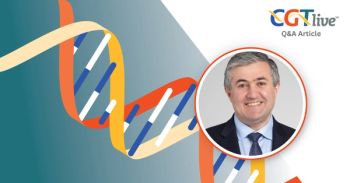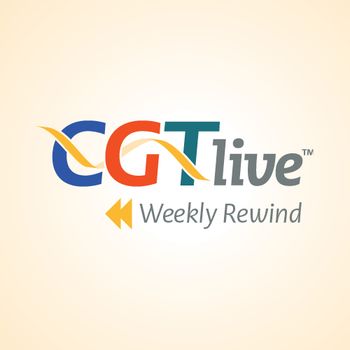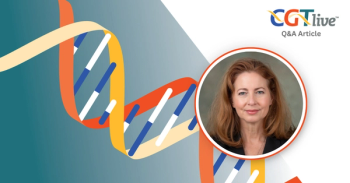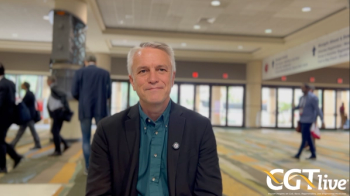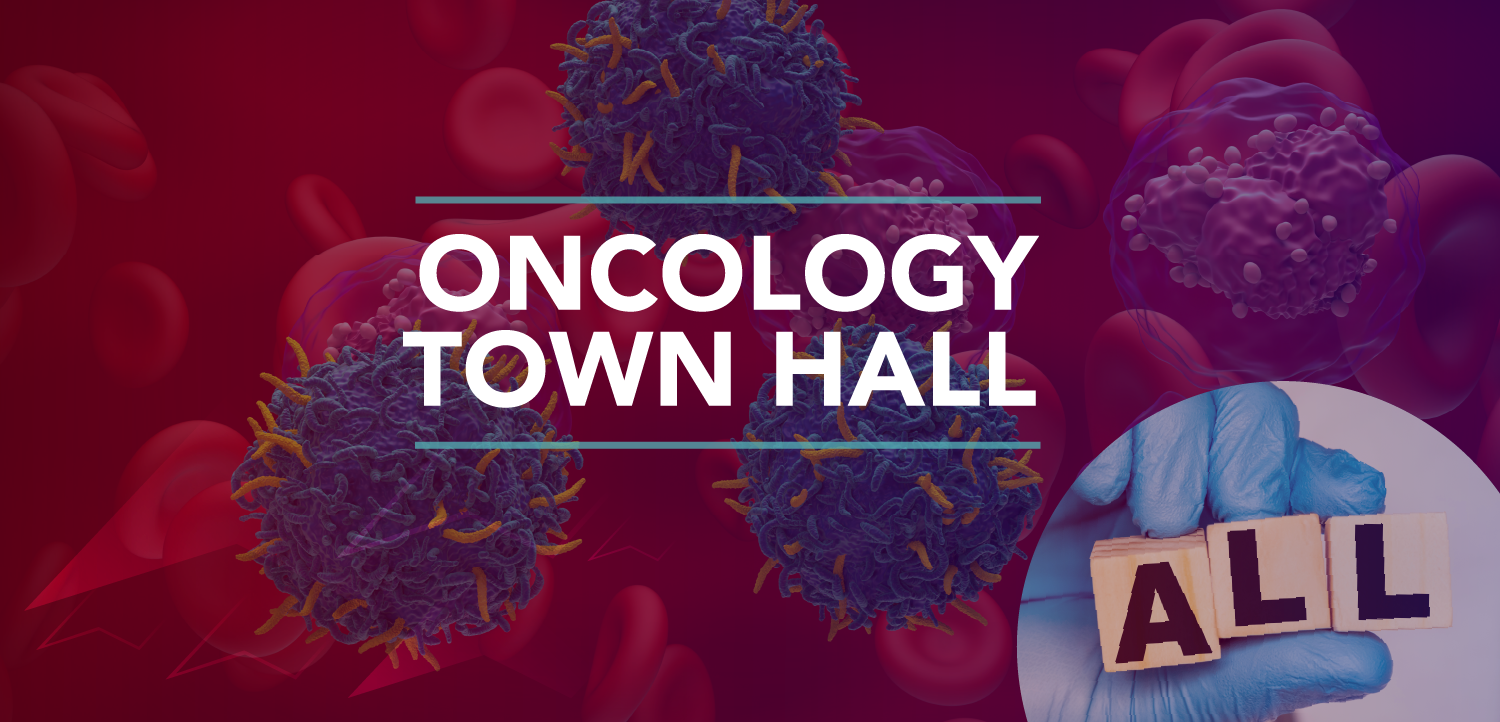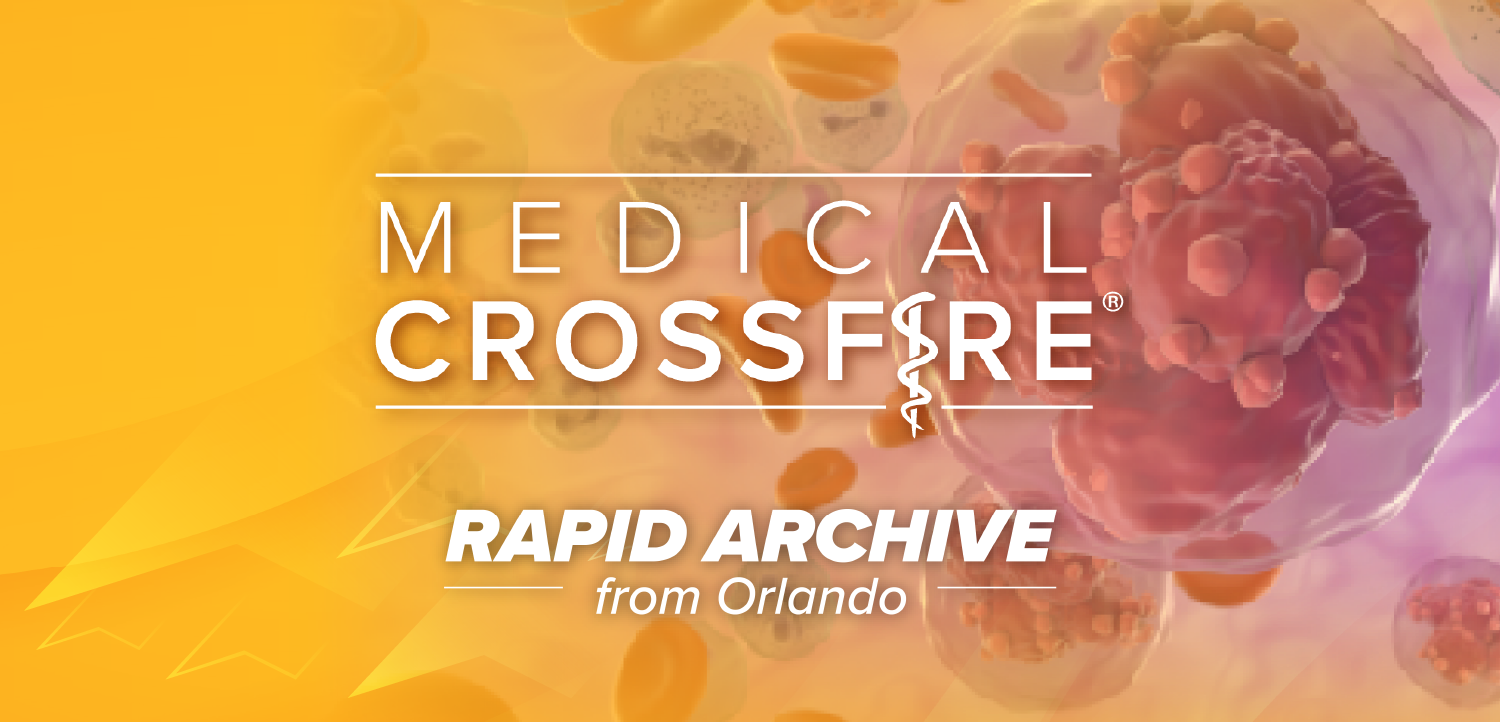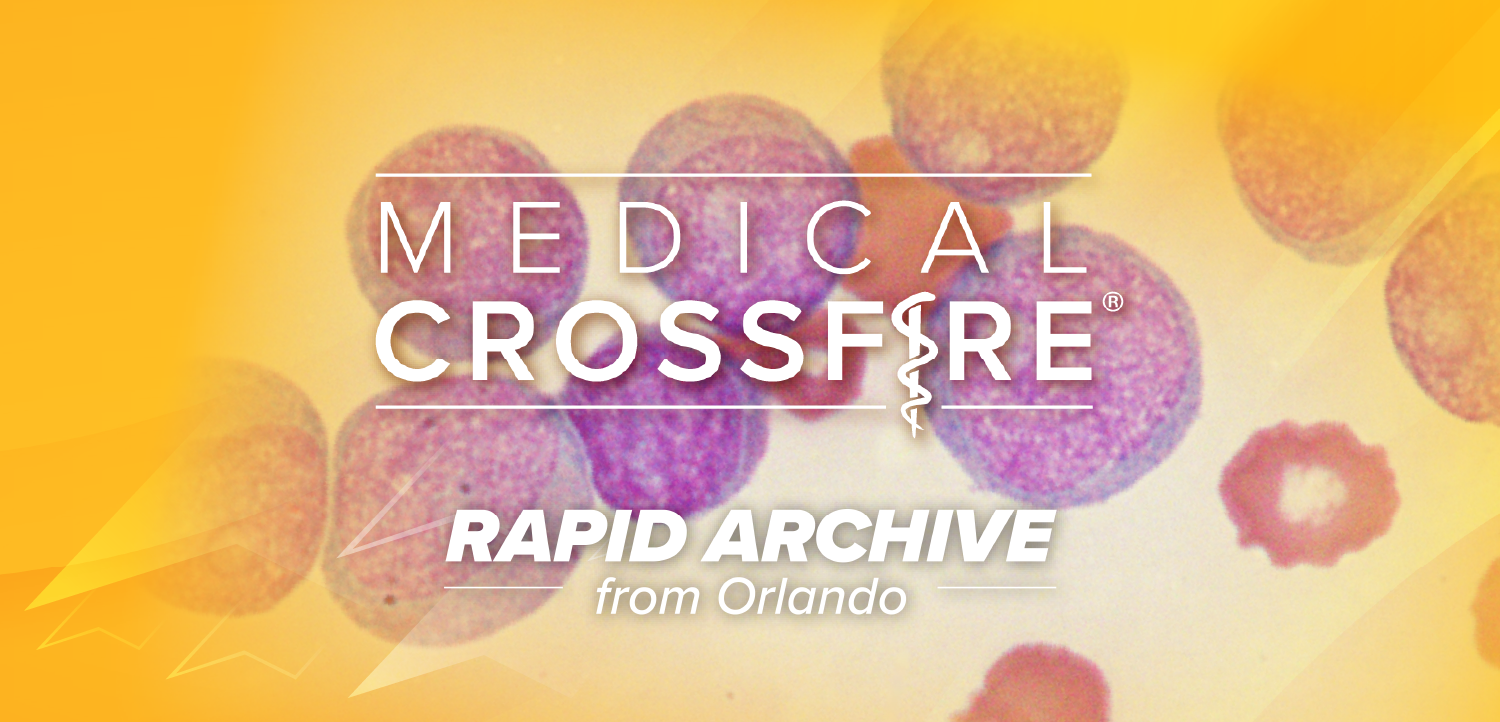
Deevyashali Parekh, MBBS, on Evaluating the Prevalence of Second Primary Malignancies After CAR T-Cell Therapy
The internal medicine resident at SUNY Upstate Medical University Hospital discussed the implications of findings from a deidentified database of EMR data.
Chimeric antigen receptor T-cell (CAR-T) therapies have provided important new treatment options for patients with hematologic malignancies such as diffuse large B-cell lymphoma (DLBCL). Although, recent research has suggested that CAR-T therapies may carry a risk of causing second primary malignancies.
At
CGTLive: Can you give some background context about your presentation?
Deevyashali Parekh, MBBS: Around 40% of patients with DLBCL relapse or don't respond to first line therapy. In this setting, 3 approved CAR T-cell treatments have shown promising results. Longitudinal studies are required for long-term outcomes and adverse effects with these treatments, however a body of data exists showing a notable increase in second primary malignancies after these treatments.
What are some of the key findings you presented?
In this study using a deidentified database of EMR data, our study demonstrated an increase in risk of developing myelodysplastic syndrome and acute myeloid leukemia compared to propensity matched patients with relapsed/refractory DLBCL not receiving CAR-T therapy.
How would you summarize the big-picture implications that doctors and the broader healthcare community should take away from this new data?
The big-picture implication of this data is that while CAR-T therapy is exhibiting robust responses in patients who have progressed on 2 or more lines of prior treatment, longitudinal studies on long-term follow-up after this treatment are necessary to understand the risk of developing second primary malignancies and weigh the risk versus benefit of these novel therapies.
What are the next steps for this research?
CAR-T treatments are receiving approval and wider usage in recent times. It has been established in smaller cohort studies that hematological second primary malignancies develop in around 12 months after CAR-T therapy and solid tumor malignancies take greater than 24 months. Balanced, propensity matched studies of longer-term follow-up is needed in this cohort to establish whether the risk of second primary malignancies is statistically significantly increased and whether this is due to longer survival in this patient population versus a risk from CAR-T therapy.
This transcript has been edited for clarity.
REFERENCE
1. Parekh D. Secondary primary malignancies (SPMs) with CAR-T cell therapy in RR-DLBCL from real-world data. Presented at the 2025 ASCO Annual Meeting, held May 30 to June 3, in Chicago, Illinois. Abstract #7066
Newsletter
Stay at the forefront of cutting-edge science with CGT—your direct line to expert insights, breakthrough data, and real-time coverage of the latest advancements in cell and gene therapy.

